|
Anthropology in the News
|
|
|||||||||||||||||||||||||||||||
 "Palermo, Sicily Italy |
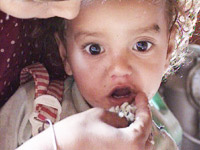 A Fistfull of Rice Nepal |
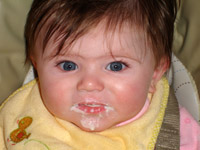 Claire Kathleen Roufs U.S.A. |
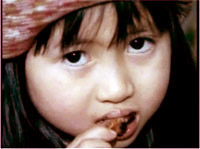 "Eating Rat At The New Year" Vietnam National Geographic |
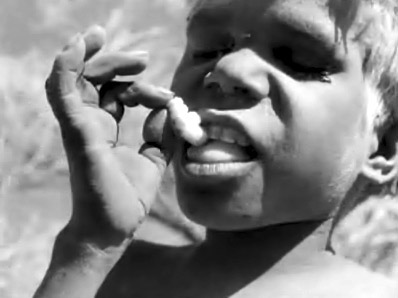 Desert People Australia |
CoffeeIn the News Coffee |
From The Scout Report A Much Sought After Coffee Emerges From An Unusual Source From Dung to Coffee Brew With No Aftertaste [Free registration required] http://www.theatlantic.com/national/archive/2010/04/the-horse-meat-of-the-coffee-world/39126/ A cup is more than a cup sometimes http://www.selmatimesjournal.com/news/2010/apr/17/cup-more-cup-sometimes/ The Straight Dope: Does kopi luwak coffee come from pre-eaten beans? http://www.straightdope.com/columns/read/2306/does-civet-come-from-tortured-cats From the Ground Up: Organic Coffee Certification, Production and Processing http://www.ota.com/pics/documents/CoffeeTalkMagazineExcerptNovember2009.pdf National Geographic: Coffee http://www.nationalgeographic.com/coffee/ High-end gourmet food items are not uncommon, and some will think nothing of spending several hundred dollars on an ounce of caviar. It might strike some as odd to spend tremendous sums on coffee beans that have been deposited via the dung of the civet, but this is exactly the situation in Southeast Asia. Over the past several years, the buzz surrounding civet coffee has reached a type of fever pitch, as coffee connoisseurs in Europe, the United States, and Asia have grown increasingly fond of this curious bean and its resulting brew. Essentially, these tiny tree-borne animals (which resemble cats) consume coffee cherries, and after they are digested, they are deposited as part of the animal's droppings. Until relatively recently, the business has been dominated by small businesspeople, though there has been some large-scale exporters who have shown great interest as of late. Currently, 2.2-pound bags of this type of coffee are being sold for $500 in Japan and South Korea. Some operators have decided to only use beans processed by civets in the wild, while some have moved to operating civet "farms", with the tiny animals living in small metal cages. Some remain unsure as to the reasons for the coffee's fast growth in popularity, including Alberto Pat-og, who commented recently, "We are a bit surprised. A bit perplexed." [KMG] The first link will take visitors to an article on the civet coffee phenomenon, courtesy of this Saturday's New York Times. The second link leads to a thoughtful piece on the whole business by noted food writer Corby Kummer, who has tried this coffee several times. The third link leads to a nice meditation on coffee, past and present, from Leesha Faulkner, the editor of the Selma Times-Journal. Moving along, the fourth link leads to a Straight Dope column from May 25, 2001, which answers several key questions about the civet and their products. The fifth link leads to a November 2009 article from the Organic Trade Association on the whole organic coffee certification process and such. Finally, the last link leads to a multimedia exploration of the world of coffee, provided by National Geographic. |
|
 Illustration of Coffea arabica plant and seeds |
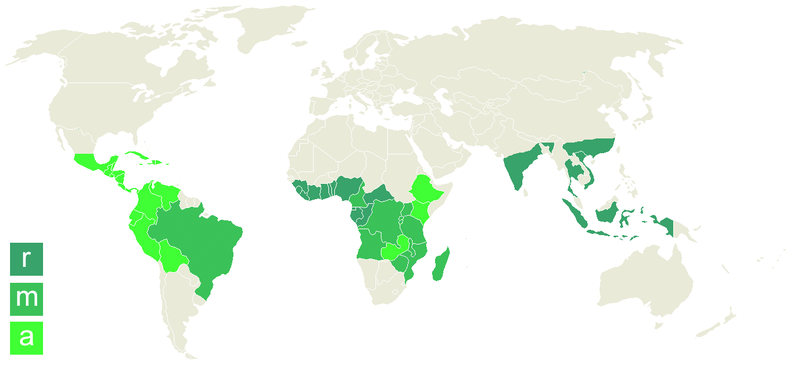 Map showing areas of coffee cultivation r: Coffea canephora m: Coffea canephora and Coffea arabica a: Coffea arabica Wikipedia |
 |
|
|
||||||||||||||||||
|
||||||||||||||||||
 Page URL: http:// www.d.umn.edu /claweb/faculty/troufs/anthfood/afcoffee.html Site Information |
||
View Stats |
|